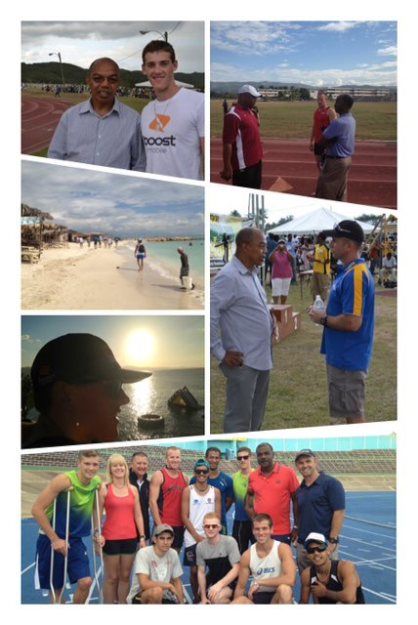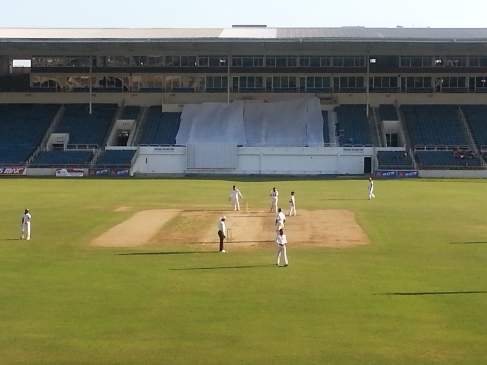There has been much talk recently about the role of sport in high schools in Jamaica. Sport can be considered (for this conversation) – organised competitive activities in age groups aimed at having a winner.
It is important however, to point out that there is a course in the high schools called Physical Education which is an educational/academic course aimed at achieving psychomotor learning, movement in a play environment while seeking to enhance health and hygiene practices.
If schools, teachers and principals focus more on those objectives, then the learning process in primary and high schools would be able to achieve its goals. What has happened in some instances over the years, is sport has overtaken the desires of those who want to “win at all cost” and has ignored the fundamentals of what Physical Education should really be.
Let us take a grade 7 ( 10 – 12 year old) class of girls and boys, new into high school in a football (soccer) class – they should do the following
- learn to appreciate the space available to them on the field
- get to know the ball
- learn the basics of the sport – dribbling, passing and shooting (attacking skills) or keeping your opponent from getting the ball and keeping it long enough to pass it to your team member
There are minor games which are developed and can be used effectively to teach these skills. In the meantime the discerning PE teacher can look out for those with good eye-hand coordination, ability to carry out the skills effectively & efficiently and those who can use the space provided well. It is the same for most sport when learning from the basics. That is what PE is supposed to be.
The other aspects of PE which should be introduced are the physical aspects – warm up and cool down to look at use of muscles, how muscles are to be prepared and after work out how to return to normal, before running off to the next class.
In some schools that process ends after three years and children would have been exposed to at least five sport over that period – netball, football, track and field, basketball, cricket, hockey, swimming, gymnastics…based on the schools. Each of those sport has basic techniques which are to be passed on. Closer to the end of each class there is a competition designed to enhance the skill(s) learned to ensure that the student gets an opportunity to operate in two instances
- using the skill under no pressure for results
- using the skill in a competitive environment
The other competition comes in for the inter-form, inter-house and in some cases inter-schools (a batch of three or more). That is what Physical Education is and should still be.
Coaches who want to win
The traditional school which has a history of winning certain competitions nationally creates the sport plan which looks at an external coach, most times stepping over the PE teacher’s authority. What should really happen is the PE teacher is to provide a report on the progress of the students to indicate who may/may not be ready for competition. This does not happen in a lot of cases, so what we get a bunch of young men/women going to a programme and having to be taught all over again.
The practice of forcing children to compete in a fierce environment can be damaging to self esteem, confidence while turning that child away from his/her peers. What then is the solution?
PE should aim for the following:
- eight of every ten children should be physically active in primary schools (Play is a child’s profession)
- eight of very ten children should have at least two hours of PE a week in schools for at least four years (11- 17 years)
- of the 11 – 17 age group, up to 50 per cent of them should be participating in at least one sport in the community at least once a week
Active Schools
A few years ago I recommended we select a cohort of active schools. These are schools with the best facilities for PE – space, equipment, teachers…track them and see how much more healthy and adaptable the children are to society.
While I know the focus on sport in schools – I know too that if PE programmes are allowed to be managed effectively, we will have a more rounded education programme, after all PE is Physical Education. More recent times, schools have also instituted yoga, deep breathing and tai chi as part of their programmes – focused on the mental a little more.


